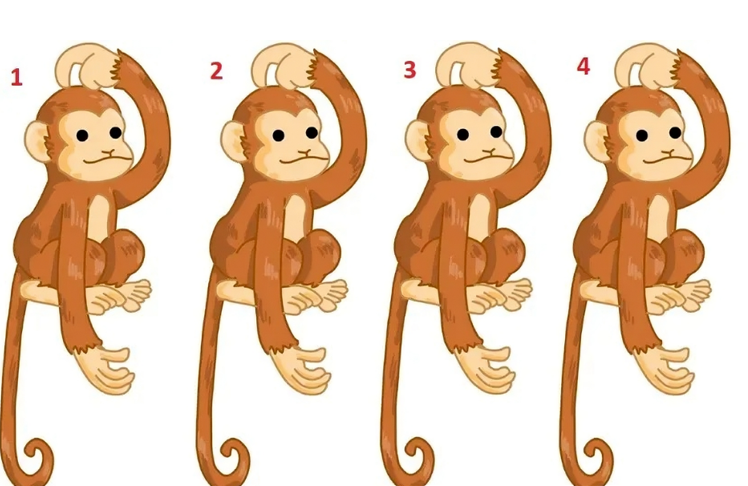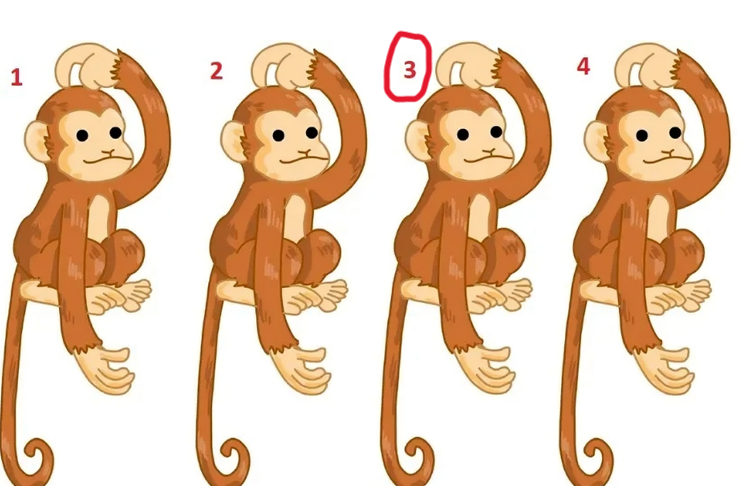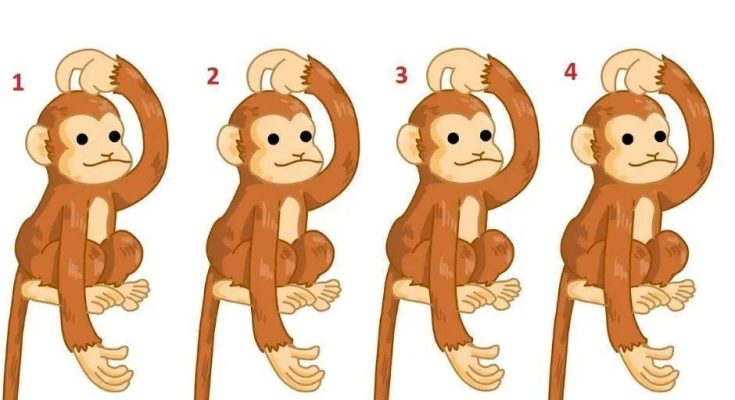Puzzles and brain teasers have a unique way of captivating us, challenging both our logic and patience. Among the many types of puzzles, Find the Odd One Out is a classic favorite. These puzzles test your observation skills by asking you to spot subtle differences hidden in plain sight. Simple as they may seem, they often require keen focus and attention to detail, making them an excellent exercise for the brain.
Are you ready to explore the intricacies of these puzzles and discover what makes them so engaging? Let’s dive into the art of solving Find the Odd One Out challenges and learn how you can master them with ease.

What Makes “Find the Odd One Out” Puzzles So Popular?
Why are these puzzles such a hit among people of all ages? The answer lies in their simplicity and universal appeal. They are easy to understand but hard to master, making them both accessible and challenging. Whether you’re a child exploring patterns or an adult looking to stay mentally sharp, these puzzles are a perfect blend of fun and focus.
Moreover, they tap into our innate curiosity and love for problem-solving. The satisfaction of finding that one elusive difference feels like uncovering a hidden treasure. It’s no wonder these puzzles have stood the test of time and continue to captivate audiences worldwide.
Common Mistakes to Avoid When Solving These Puzzles
At first glance, Find the Odd One Out puzzles might seem straightforward. But don’t let their simplicity fool you—they can be deceptively tricky. Here are some common mistakes that people make when tackling these challenges:
1. Overlooking Small Details
Our brains are wired to process information quickly, which often leads us to focus on the bigger picture. However, the differences in these puzzles are usually in the fine details. It could be something as minor as a slightly altered shape or a subtle change in position.
2. Making Assumptions
Sometimes, we approach these puzzles with preconceived notions about what to look for, like differences in color or size. These assumptions can distract us from noticing the actual variation.
3. Rushing Through
In the rush to solve the puzzle, people often miss crucial details. Observational puzzles reward patience, so take your time to examine every aspect carefully.
4. Ignoring Patterns
Our love for symmetry often leads us to focus on the most obvious differences, while the real answer might be hidden in less noticeable patterns or inconsistencies.
5. Stopping at the First Answer
Once you spot a difference, it’s tempting to assume you’ve found the solution. However, double-checking is essential to ensure you haven’t overlooked any other variations.
By being mindful of these pitfalls, you can approach these puzzles with a sharper eye and a clearer mind.
Step-by-Step Guide to Solving a Monkey Puzzle
Let’s walk through an example to understand the process of solving a Find the Odd One Out puzzle. Imagine you’re presented with four identical-looking monkeys. Your task? Spot the odd one out.
Step 1: Observe the Whole Picture
Before diving into the details, take a moment to observe all four monkeys as a group. Notice their overall pose, features, and expressions. This bird’s-eye view will help you identify any glaring differences.
Step 2: Analyze Specific Features
Now, zoom in on individual features like the tails, hands, faces, and ears. Pay attention to the shapes and outlines. Even the tiniest irregularity can be the key to solving the puzzle.
Step 3: Focus on the Ears
In this particular puzzle, the ears hold the clue. While three monkeys have rounded ears that match the contour of their faces, one monkey—Monkey 3—has a smaller or slightly pointed ear. This subtle discrepancy sets it apart from the others.
Step 4: Cross-Check Other Features
To confirm your answer, compare the monkeys’ other features, such as facial expressions and limb positions. If these aspects are identical across all four, you can confidently conclude that the ear difference makes Monkey 3 the odd one out.
Step 5: Verify Your Answer
Take one last look at the image to ensure you haven’t missed anything. Confident in your solution? Congratulations—you’ve successfully solved the puzzle!

Why Details Matter in Logical Thinking
Puzzles like these aren’t just about entertainment—they’re an excellent tool for developing critical thinking and observation skills. They teach us to slow down, question assumptions, and pay attention to the finer details. These skills are invaluable in everyday life, whether you’re solving a problem at work or making important decisions.
By practicing puzzles regularly, you can enhance your focus, sharpen your analytical abilities, and boost your patience. They also serve as a fun way to keep your mind active and engaged, which is especially important as we age.
The Joy of Solving Brain Teasers
What makes Find the Odd One Out puzzles so satisfying? It’s the thrill of the hunt—the moment when you finally spot that elusive difference feels like a small victory. Puzzles like these remind us of the joy of discovery and the satisfaction of overcoming a challenge.
They’re also a great way to bond with friends and family. Whether you’re solving puzzles together or competing to see who can find the answer first, they bring people closer and create lasting memories.
Share Your Success and Challenge Yourself Further
Did you manage to find the odd one out in this puzzle? If you did, pat yourself on the back! If not, don’t worry—every puzzle is an opportunity to learn and improve. Let us know in the comments how long it took you and what strategy you used. We’d love to hear your thoughts!
Ready for more challenges? Dive into other Find the Odd One Out puzzles and see how quickly you can solve them. Each puzzle will help you hone your observation skills and prepare you for even trickier challenges.
Conclusion: The Beauty of Small Details
Find the Odd One Out puzzles are more than just a pastime—they’re a celebration of the small details that often go unnoticed. In this puzzle, Monkey 3 stood out because of its differently shaped ear, a subtle yet significant detail that highlights the importance of careful observation.
These puzzles remind us to slow down and appreciate the little things, both in the images we analyze and in our everyday lives. So, the next time you’re faced with a challenge—whether it’s a puzzle or a real-life problem—remember to take a closer look. The answer might be hiding in plain sight.
Happy puzzling, and don’t forget to share this article with friends and family who love a good brain teaser! Together, you can keep your minds sharp, your spirits high, and your love for puzzles alive.



